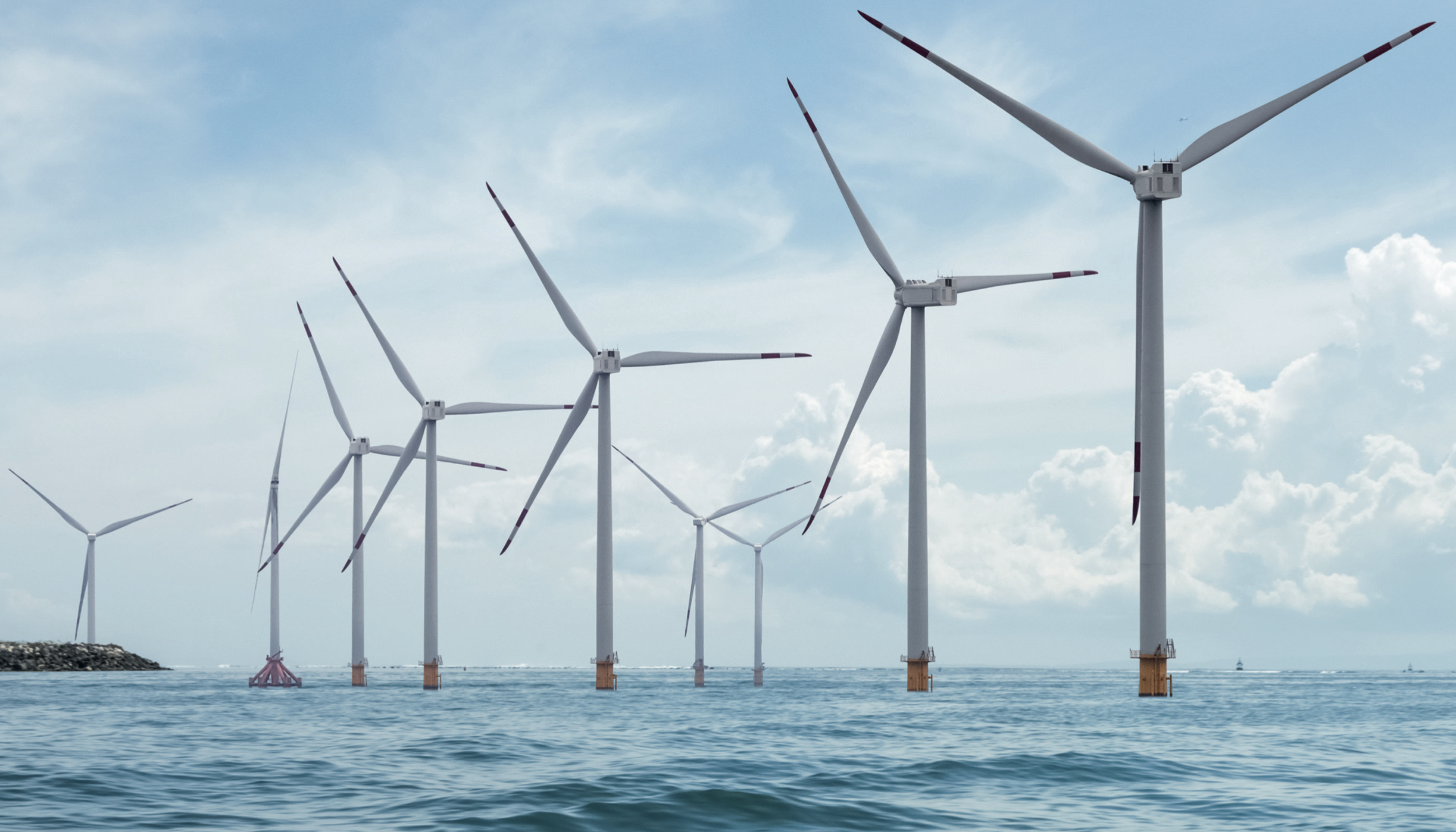Hydrogen recently emerged as a game changer for the decarbonization of our society. However, its future role needs to be properly defined to avoid both glorification by stakeholders and the perception of it being a ‘golden bullet’ capable of solving all energy issues forever. The use of renewable energies for the ‘green’ power generation is pivotal for the transformation process, yet there are multiple fields incompatible with electrification, such as heavy-duty transport, the maritime sector and aviation, which require hydrogen as either an intermediate energy carrier or for the production of derived fuels. In the chemical industry, water-splitting electrolysis can substitute hydrogen today produced by natural gas reforming and coal in steelmaking as well as other raw material processes.
In the power sector, it offers a solution for three critical issues: long-term energy storage, bypassing of the bottlenecks of the electrical grid via the natural gas network or dedicated pipelines, and avoiding long-distance transport from overseas. Nevertheless, a long list of technical issues remains: water electrolysis is a technology which has proven its worth for decades, for example for the production of fertilizer in the Egyptian green revolution powered from the Aswan High Dam. Today, the challenge lies in enhancing electrolysis in order to minimize the wear & tear of equipment resulting from the technically unavoidable dynamic operation with the variable load from temporally fluctuating power generation from renewable sources like wind and photovoltaics (PV).
Other challenges include the availability of vast amounts of pure water. Many areas with promising characteristics for renewable energy production are associated with fresh water supply difficulties, for example the offshore wind farm sites at sea and the arid areas where PV systems are often installed. Environmental protection and consumer concerns are strong drivers towards advanced desalination technologies or the direct use of seawater.
The picture is completed by the slow ramping up of production due to scaling issues, lacking standards, high service and maintenance costs, limited production capacities and a still high degree of manufacturing and assembly by hand in contrast to the rapid automatization observed in other emerging technologies.
The signing of the Paris Agreement aimed at keeping global warming below 2°C, ever more common heat waves, floods and other natural disasters, and political movements demanding immediate climate action as opposed to long-term policies with distant targets finally culminated in two remarkable court rulings: in April 2021, the German Federal Constitutional Court ruled that the German Federal Climate Change Act had to be amended. The law stated that climate neutrality has to be achieved, but respective emission-reduction steps had foreseen moderate savings in the first few years and drastic reductions in the years thereafter. This distribution would have overly impacted citizens’ chances for prosperity in the future. The law was amended by setting intermediate targets more evenly and bringing forward the date of climate neutrality from 2050 to 2045. In May 2021, the District Court of The Hague, the Netherlands, ordered that Shell must reduce its global net carbon emissions by 45% by 2030 compared to 2019 levels. This explicitly covers not only the emissions from oil production refining and logistics but also those from the use of the products, e.g., as transport fuel



























